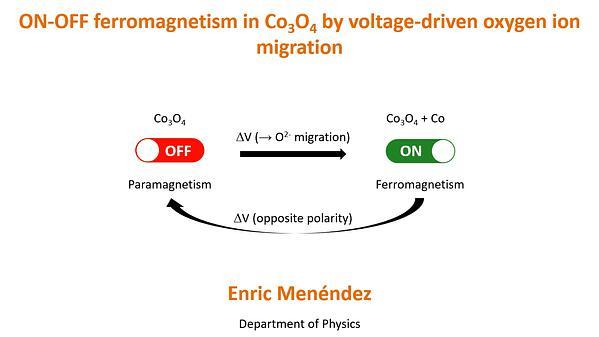Would you like to see your presentation here, made available to a global audience of researchers?
Add your own presentation or have us affordably record your next conference.
The interplay between geometry and topology of the order parameter is crucial properties in soft and condensed matter physics, including cell membranes 1, nematic crystals 2,3, superfluids 4, semiconductors 5, ferromagnets 6 and superconductors 7. Until recently, in the case of magentism, the influence of the geometry on the magnetization vector fields was addressed primarily by the design of the sample boundaries, aiming to tailor anisotropy of the samples. With the development of novel fabrication techniques allowing to realize complex 3D architectures, not only boundary effects, but also local curvatures can be addressed rigorously for the case of ferromagnets and antiferromagnets. It is shown that curvature governs the appearance of geometry-induced chiral and anisotropic responses 6-8.
Here we provide experimental confirmations of the existence of local and non-local curvature-induced chiral interactions of the exchange and magnetostatic origin in conventional soft ferromagnetic materials. Namely,
we will present the experimental validation of the appearance of exchange-driven Dzyaloshinskii-Moriya interaction interaction (DMI, local effect) for the case of conventional achiral yet geometrically curved magnetic materials 9,10. This curvature induced DMI is predicted to stabilize skyrmions 11 and skyrmionium states 12. Furthermore, we will address the impact of nonlocal magnetostatic interaction on the properties of curvilinear ferromagnets, which enables the stabilization of topological magnetic textures 13,14, realization of high-speed magnetic racetracks 15 and curvature-induced asymmetric spin-wave dispersions in nanotubes 16. Furthermore, symmetry analysis demonstrates the possibility to generate a fundamentally new chiral symmetry breaking effect, which is essentially nonlocal 13. Thus, geometric curvature of thin films and nanowires is envisioned as a toolbox to create artificial chiral nanostructures from achiral magnetic materials.
